Joint pain affects millions of Americans, with causes ranging from osteoarthritis and rheumatoid arthritis to injuries and inflammatory conditions. While standard advice like “rest and ice” has its place, managing joint pain effectively often requires a personalized approach that addresses your specific needs, lifestyle, and pain patterns. This guide offers ten customized strategies that go beyond generic recommendations, providing you with actionable techniques to help relieve pain and improve joint function.
1. Dynamic Movement Sequencing for Knee Pain
Unlike static stretching, dynamic movement sequencing works on the principle that joints function as part of kinetic chains. This approach treats your knee not as an isolated joint but as part of an interconnected system.
Biomechanical Rationale
Your knee joint operates within a kinetic chain that includes your ankles, hips, and spine. When one link in this chain is compromised, it affects the entire system. Dynamic sequencing helps restore proper movement patterns by addressing these relationships.
Implementation Steps
- Begin with ankle mobility circles (10 rotations each direction)
- Progress to gentle knee bends with focus on alignment
- Add hip hinge movements to engage the posterior chain
- Incorporate controlled lunges with proper knee tracking
- Finish with full-body integration movements
Target Audience
This technique is particularly effective for office workers who sit for extended periods, causing muscle imbalances that affect knee function. It’s also beneficial for those recovering from minor knee injuries or experiencing early signs of osteoarthritis.
2. Pressure Point Mapping for Hand Joint Pain
This technique combines elements of acupressure and modern pain science to create a personalized map of pressure points that can help relieve hand and finger joint pain.
Scientific Basis
Pressure point therapy works by stimulating specific nerve pathways that can interrupt pain signals and trigger the release of endorphins. For joint pain in the hands, targeting the right points can improve circulation and reduce inflammation around affected joints.
Implementation Steps
- Create your personal pressure point map by identifying tender points
- Apply gentle pressure to each point for 30 seconds
- Note which points provide the most relief
- Develop a 5-minute daily routine focusing on your effective points
- Combine with gentle hand stretches between pressure applications
Target Audience
This approach is ideal for people with rheumatoid arthritis, those who use their hands extensively for work (like typists, musicians, or craftspeople), and seniors experiencing age-related joint stiffness in their hands.
3. Turmeric-Black Pepper Synergy Brews
This approach leverages the anti-inflammatory properties of turmeric, enhanced by black pepper’s ability to increase curcumin absorption by up to 2000%.
Scientific Basis
Curcumin, the active compound in turmeric, has been shown to inhibit inflammatory enzymes and pathways that contribute to joint pain. However, curcumin is poorly absorbed on its own. Piperine in black pepper significantly enhances its bioavailability.
Custom Formulations
- Morning Anti-Inflammatory Brew: 1 tsp turmeric, ¼ tsp black pepper, 1 tsp honey in warm water
- Golden Milk Variation: Add to warm plant-based milk with cinnamon and ginger
- Turmeric-Pepper Capsules: For those who prefer supplement form (400-600mg turmeric with 5-10mg black pepper)
Target Audience
This approach is particularly beneficial for those with inflammatory forms of arthritis, individuals seeking natural alternatives to NSAIDs, and people experiencing joint pain related to systemic inflammation.
4. Biomechanical Load Redistribution Techniques
This engineering-inspired approach treats your joints like mechanical systems that can be optimized by redistributing forces more effectively.
Mechanical Principles
Just as engineers design structures to distribute loads optimally, you can learn to move in ways that reduce stress on painful joints. This approach uses principles of leverage, force vectors, and mechanical advantage to modify daily movements.
Implementation Steps
- Analyze your movement patterns during daily activities
- Identify high-stress moments for painful joints
- Learn modified techniques that redistribute forces to stronger structures
- Practice with lightweight objects before progressing to normal loads
- Gradually integrate these techniques into your daily routine
Target Audience
This approach is especially valuable for those with osteoarthritis, people who need to remain active despite joint pain, and individuals whose work or hobbies place repetitive stress on specific joints.
5. Targeted Collagen Synthesis Support
This nutritional strategy focuses on providing the specific building blocks your body needs to maintain and repair joint cartilage.
Biological Mechanism
Cartilage is primarily composed of type II collagen, which requires specific amino acids and co-factors for synthesis. By strategically consuming these nutrients, you can support your body’s natural cartilage maintenance processes.
Customized Nutrition Plan
- Morning: Protein-rich breakfast with eggs or collagen-rich foods
- Mid-morning: Vitamin C-rich snack to support collagen cross-linking
- Lunch: Include sulfur-containing foods like onions and garlic
- Dinner: Bone broth or fish with copper-rich foods like sesame seeds
- Consider supplementation: Type II collagen with vitamin C and manganese
Target Audience
This approach benefits those with cartilage degeneration, athletes seeking to protect joint health, and individuals in the early stages of osteoarthritis.
6. Circadian-Synchronized Anti-Inflammatory Timing
This approach aligns pain management strategies with your body’s natural inflammatory rhythms throughout the day.
Chronobiological Basis
Research shows that inflammatory markers and joint stiffness follow predictable patterns throughout the 24-hour cycle. By timing interventions to match these patterns, you can maximize their effectiveness.
Daily Timeline
- Morning (6-8am): Address peak stiffness with gentle movement and warm compresses
- Mid-day (12-2pm): Optimal time for physical therapy or exercise when joints are most mobile
- Evening (6-8pm): Apply anti-inflammatory strategies as inflammation naturally increases
- Before bed (9-10pm): Use relaxation techniques to improve sleep quality
Target Audience
This strategy is particularly effective for those with rheumatoid arthritis (which has strong circadian patterns), people who experience significant morning stiffness, and individuals whose joint pain disrupts sleep.
7. Proprioceptive Retraining Protocol
This neurological approach focuses on improving your brain’s awareness of joint position, which often becomes impaired with chronic joint pain.
Neurological Mechanism
Proprioception—your sense of joint position—can deteriorate with joint pain, leading to compensatory movements that worsen the condition. Retraining this sense helps restore proper movement patterns and reduce pain.
Progressive Protocol
- Begin with joint position awareness exercises using visual feedback
- Progress to the same exercises with eyes closed, relying on internal sensing
- Add balance challenges on stable, then unstable surfaces
- Incorporate dual-task activities to integrate proprioception with functional movements
- Advance to sport or activity-specific proprioceptive training
Target Audience
This approach is especially valuable for athletes recovering from joint injuries, older adults at risk of falls due to poor joint position sense, and individuals with chronic joint instability.
DIY vs. Clinical Treatments for Joint Pain
Understanding when to self-manage and when to seek professional help is crucial for effective joint pain management. This comparison helps you make informed decisions about your care approach.
| Aspect | DIY Approaches | Clinical Treatments |
| Cost | Low to moderate | Moderate to high (may be covered by insurance) |
| Accessibility | Immediately available | May require appointments and waiting periods |
| Personalization | Self-guided, may require trial and error | Professionally tailored to your specific condition |
| Effectiveness for Mild Pain | Often sufficient | May be unnecessary |
| Effectiveness for Severe Pain | Limited | Significantly more effective |
| Risk Level | Low if following proper guidelines | Low to moderate depending on treatment |
| When to Choose | Early stages, mild to moderate pain, maintenance | Severe pain, no improvement with DIY, rapid onset |
8. Fascial Release Targeting for Referred Joint Pain
This approach addresses how restrictions in the connective tissue system can create or amplify joint pain, even when the fascia is some distance from the painful joint.
Anatomical Connection
Fascia forms a continuous web throughout your body. Restrictions in one area can create tension patterns that affect joint function elsewhere. By identifying and releasing these restrictions, you can often reduce joint pain significantly.
Self-Treatment Protocol
- Use a body map to identify common fascial lines connected to your painful joint
- Employ foam rollers for larger areas like the IT band or thoracolumbar fascia
- Use tennis or lacrosse balls for more targeted pressure
- Hold pressure on tender points for 30-90 seconds until release is felt
- Follow with gentle movement to integrate the released tissue
Target Audience
This approach is particularly effective for those with joint pain that hasn’t responded to direct treatment, athletes with movement compensations, and individuals with postural imbalances contributing to joint stress.
9. Environmental Modification Framework
This systematic approach identifies and modifies environmental factors that may be triggering or worsening your joint pain.
Environmental Influences
Many people don’t realize how significantly their environment affects joint pain. Factors like humidity, temperature, ergonomics, and even electromagnetic fields can influence inflammation and pain sensitivity.
Assessment and Modification Process
- Track joint pain alongside environmental conditions for 2-3 weeks
- Identify patterns and potential triggers
- Implement targeted modifications to your home and work environments
- Test modifications one at a time to determine effectiveness
- Create seasonal adjustment plans for changing environmental conditions
Target Audience
This approach is especially valuable for those whose joint pain fluctuates with weather changes, office workers experiencing repetitive strain, and individuals with environmental sensitivities that may affect inflammation.
10. Mind-Body Inflammation Regulation
This approach leverages the growing scientific understanding of how mental states directly influence inflammatory processes in the body.
Psychophysiological Mechanism
Research shows that psychological stress triggers inflammatory responses that can worsen joint pain. Conversely, specific mind-body techniques can activate anti-inflammatory pathways and pain modulation systems.
Daily Practice Protocol
- Morning: 5-minute focused breathing to set anti-inflammatory tone for the day
- Mid-day: 3-minute body scan to identify and release tension patterns
- Pain flares: Guided imagery specifically designed for joint pain relief
- Evening: Progressive muscle relaxation focusing on areas around painful joints
- Bedtime: Sleep-promoting meditation to enhance overnight healing
Target Audience
This approach is particularly beneficial for those with stress-sensitive pain conditions, individuals with autoimmune forms of arthritis, and people looking to reduce reliance on pain medication.
Customizable Weekly Action Plan Template
Use this framework to create your personalized joint pain management routine. Start by selecting 2-3 strategies that seem most relevant to your situation, then gradually incorporate others as needed.
| Day | Morning | Mid-day | Evening |
| Monday | Dynamic Movement Sequence (10 min) | Proprioceptive exercises during break (5 min) | Turmeric-Black Pepper tea + Fascial release (15 min) |
| Tuesday | Collagen-rich breakfast + Pressure point routine (5 min) | Environmental assessment at workplace | Mind-body practice (10 min) |
| Wednesday | Dynamic Movement Sequence (10 min) | Biomechanical assessment of daily activities | Fascial release targeting (15 min) |
| Thursday | Anti-inflammatory breakfast + Pressure points (5 min) | Proprioceptive challenge exercises (10 min) | Environmental modifications + Mind-body practice (10 min) |
| Friday | Dynamic Movement Sequence (10 min) | Review and adjust biomechanical patterns | Turmeric-Black Pepper tea + Fascial release (15 min) |
| Weekend | Comprehensive movement routine (15-20 min) | Active recovery activities | Weekly review and plan adjustments for next week |
Building Your Long-Term Joint Health Strategy
Managing joint pain effectively requires more than just temporary relief measures—it demands a comprehensive approach that addresses the unique aspects of your condition. By implementing these personalized strategies and consistently tracking your results, you can develop a sustainable system for maintaining joint health and function.
Remember that joint health is a journey, not a destination. Be patient with yourself as you explore these different approaches, and don’t hesitate to adjust your plan as you learn more about what works best for your body. With consistent attention and the right strategies, many people find they can significantly reduce joint pain and return to activities they love.
Most importantly, stay connected with healthcare professionals who can provide guidance specific to your condition. The strategies in this guide work best as part of a collaborative approach that combines self-management with professional care when needed.
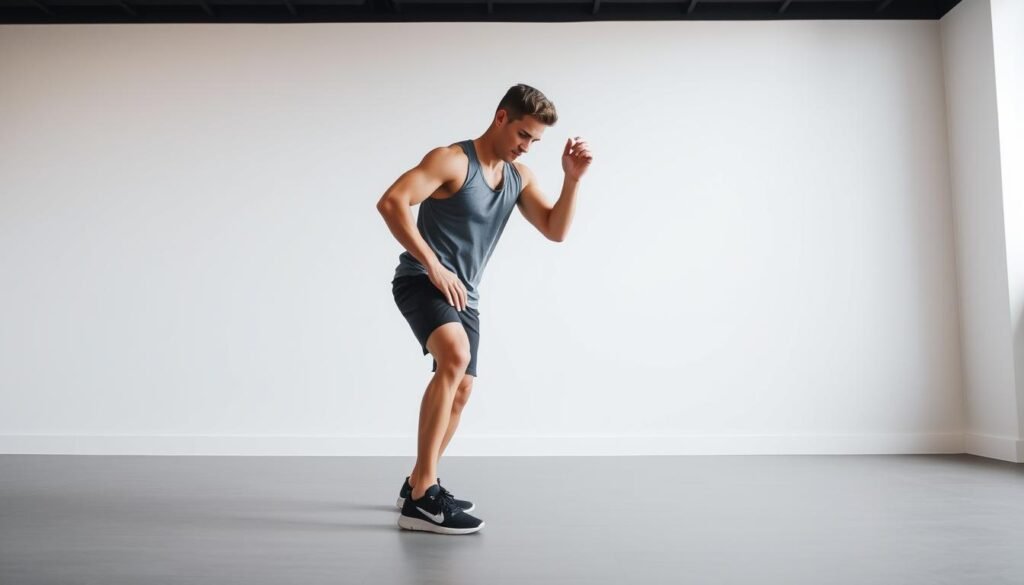
Get Your Personalized Joint Pain Action Plan
Download our customizable template to create a daily and weekly routine tailored to your specific joint pain needs.
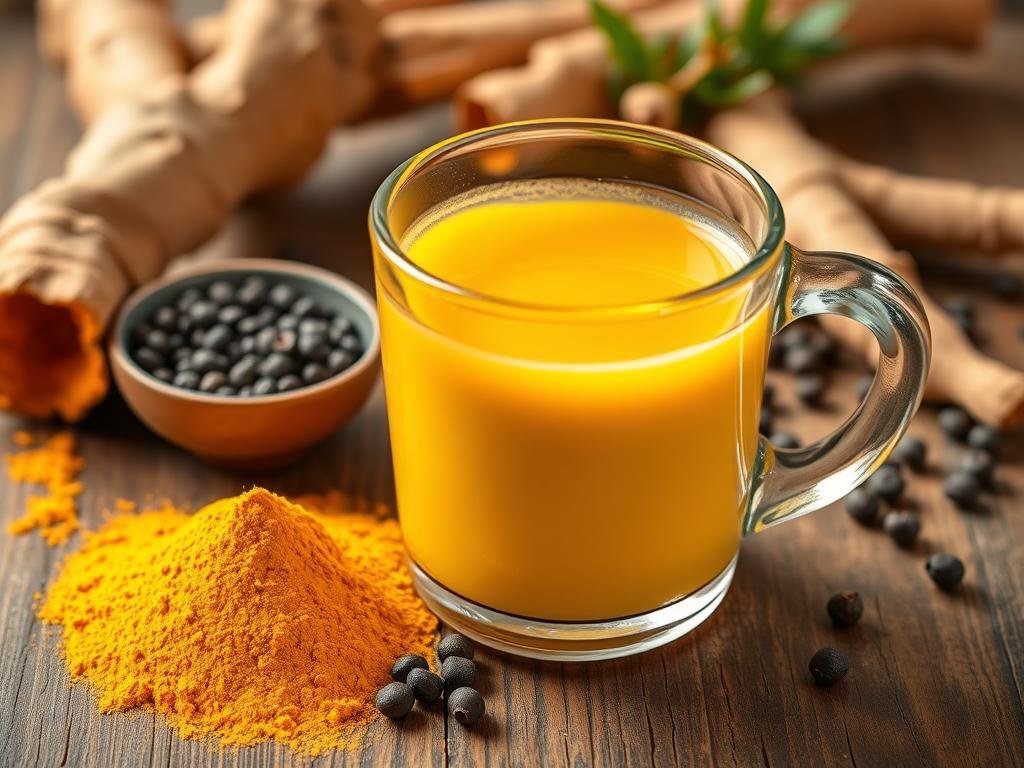

Speak With a Joint Pain Specialist
Get personalized advice from healthcare professionals who specialize in joint pain management.
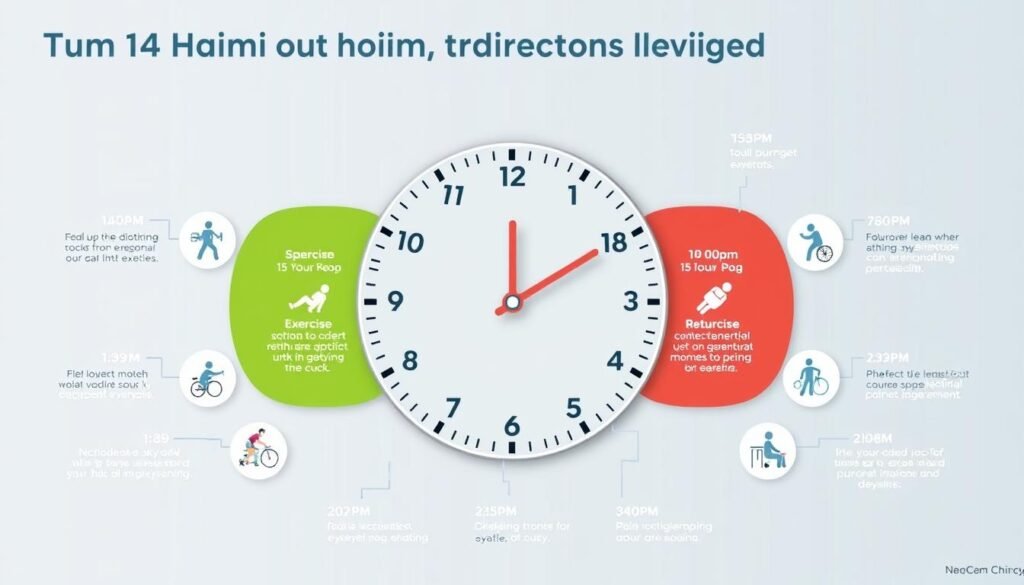
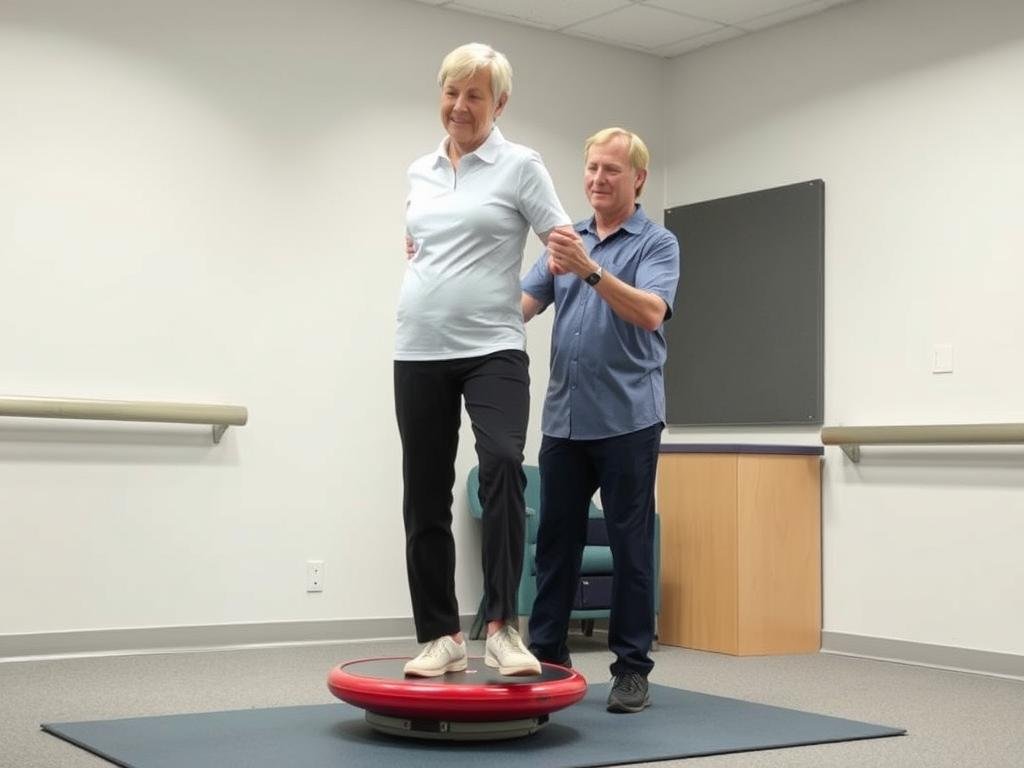
Track Your Joint Pain Progress
Our specialized tracking tool helps you monitor which strategies work best for your specific joint pain patterns.
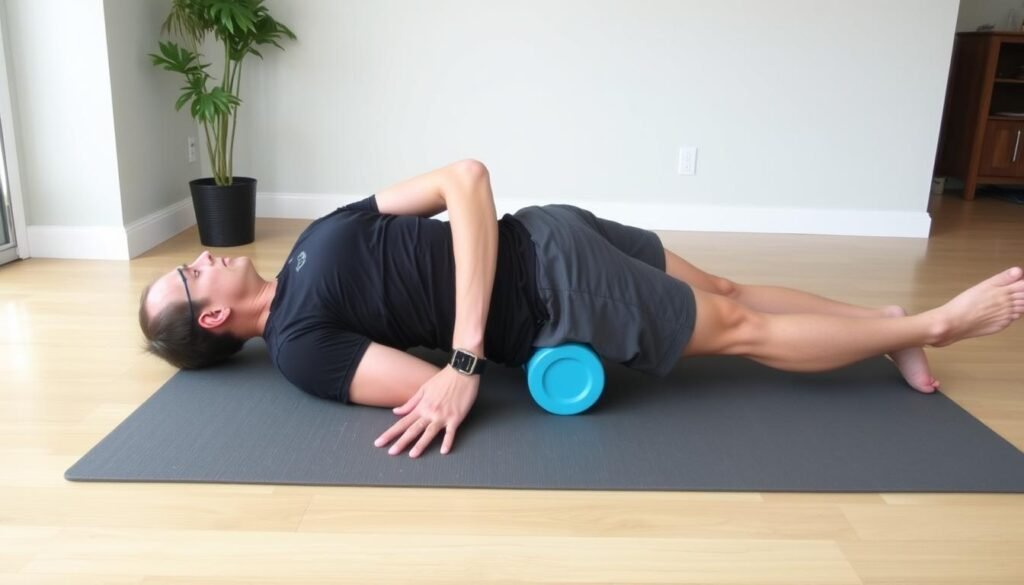
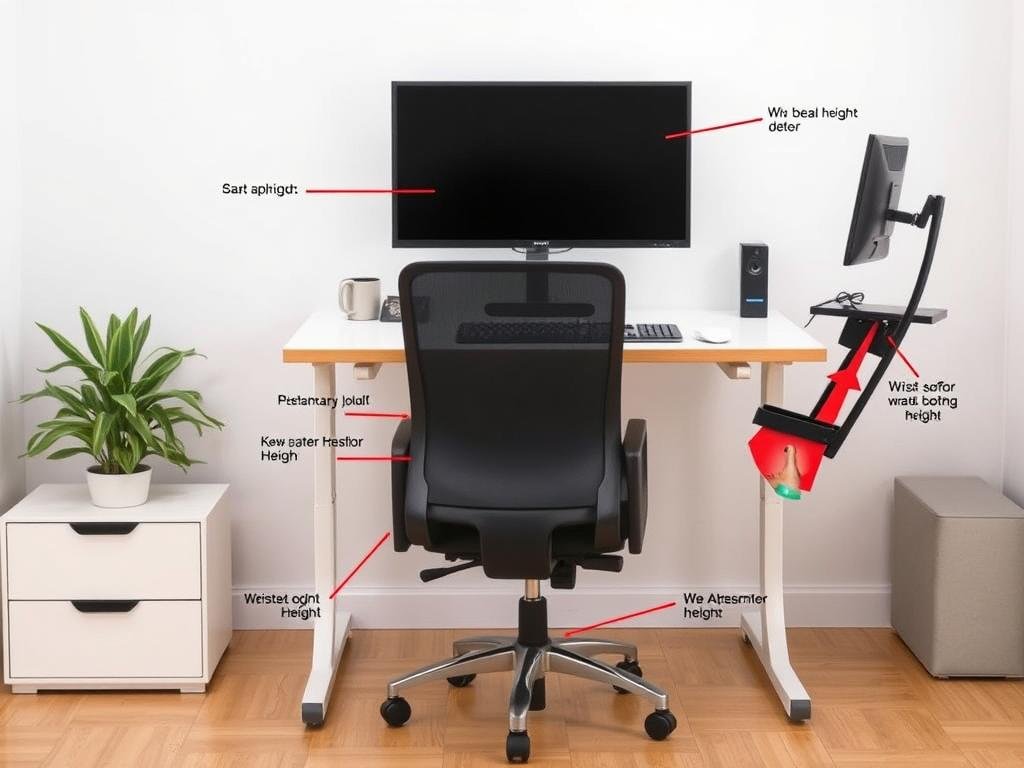


Ready to Take Control of Your Joint Pain?
Download our complete guide with all 10 strategies, detailed implementation plans, and tracking tools.



